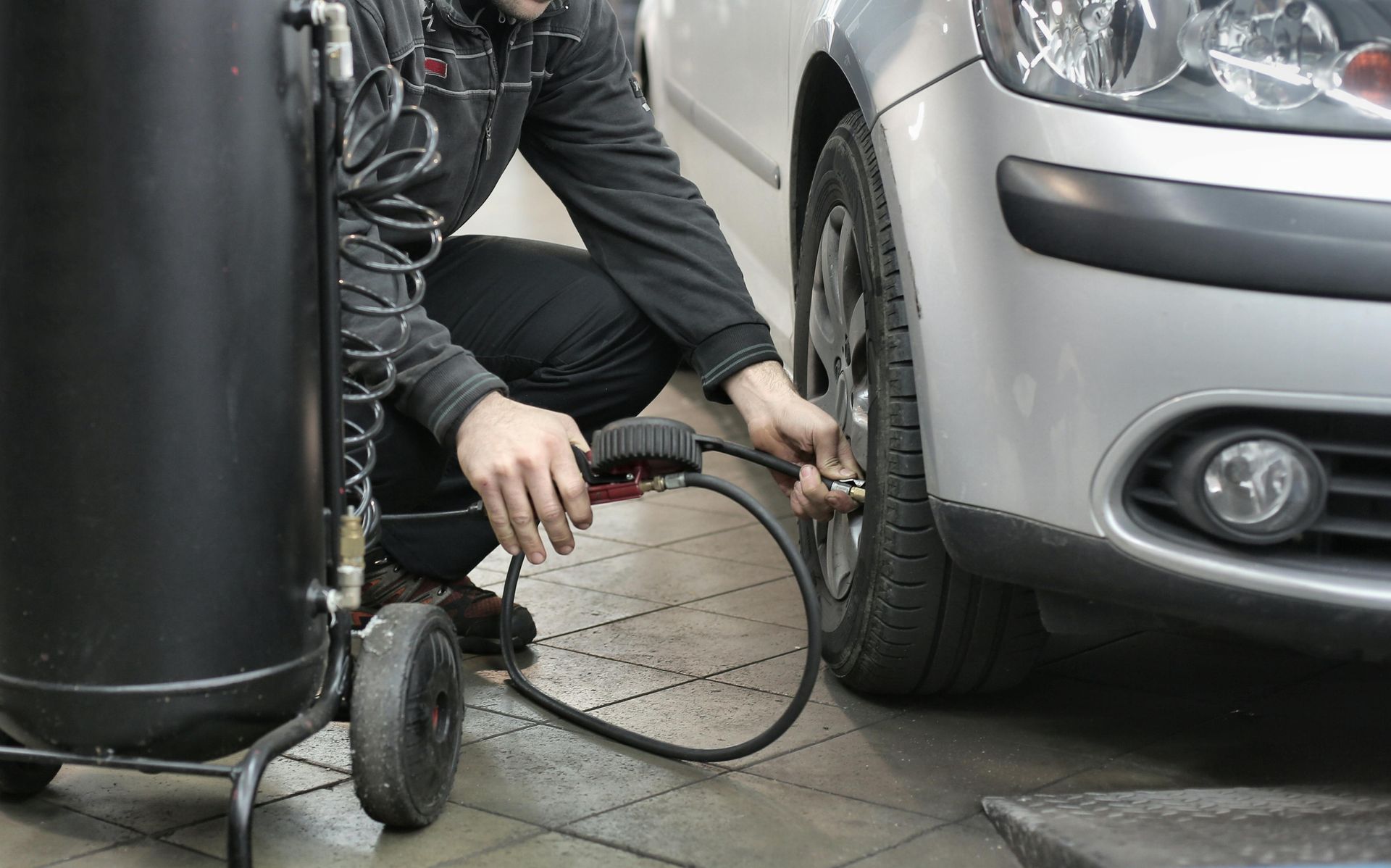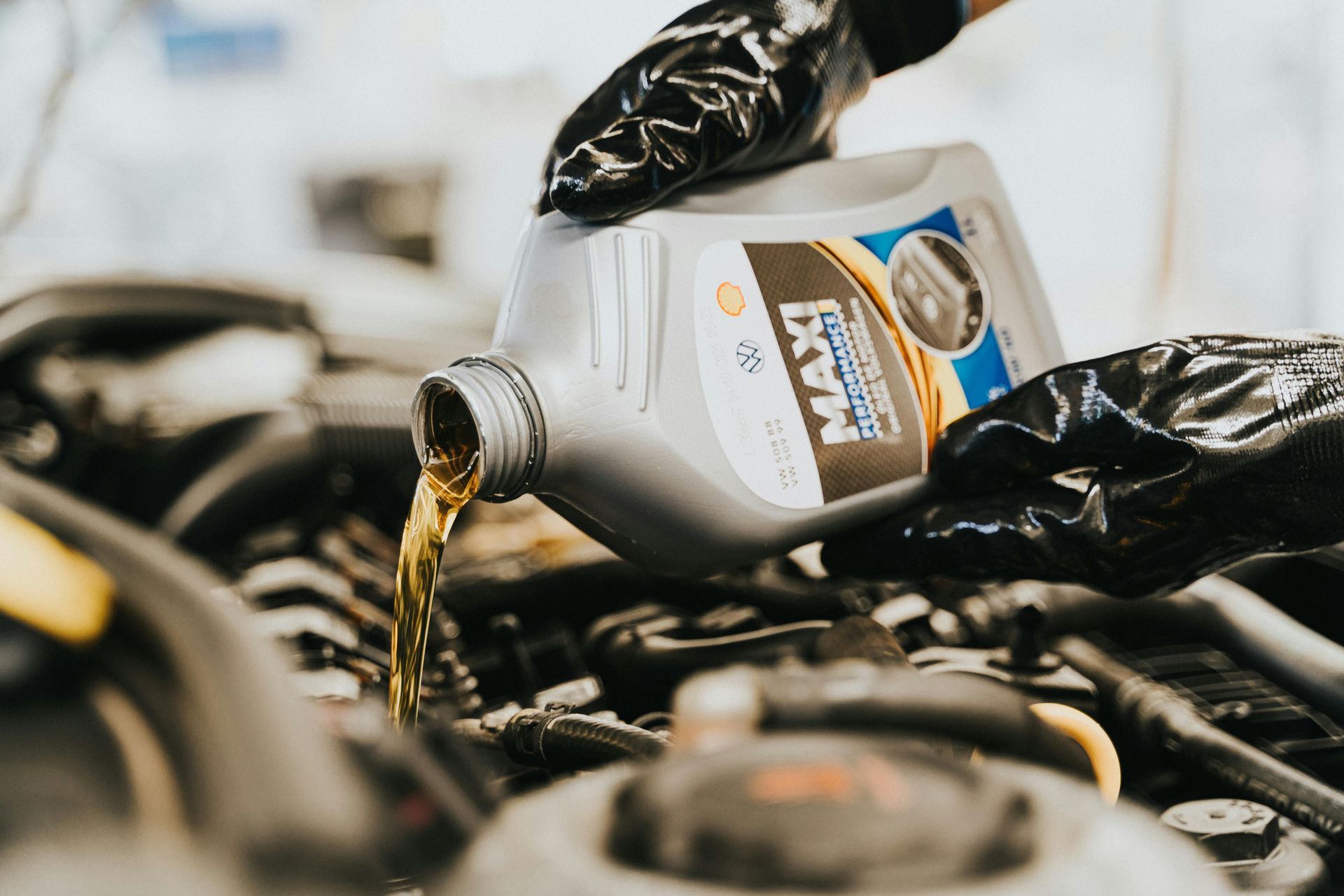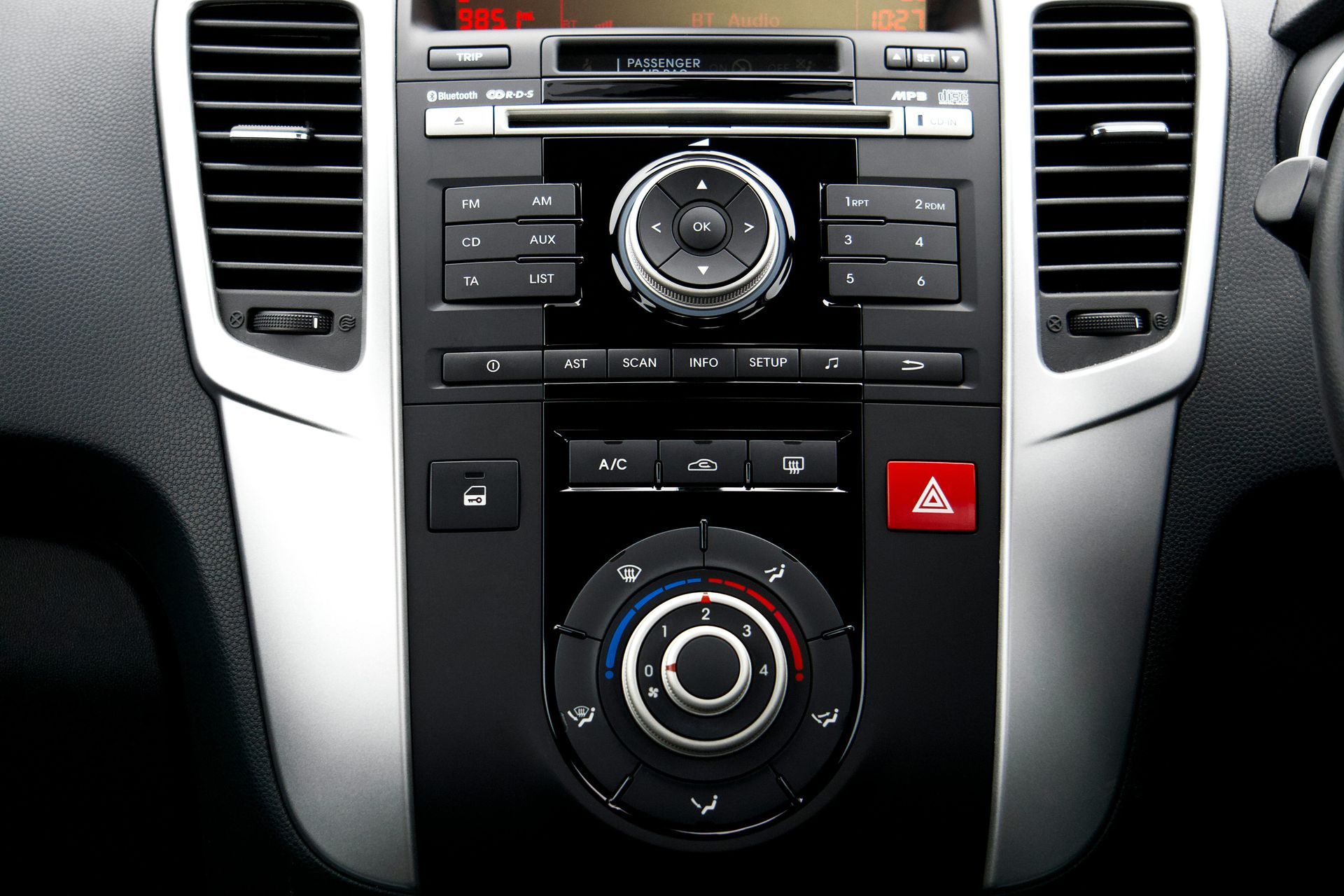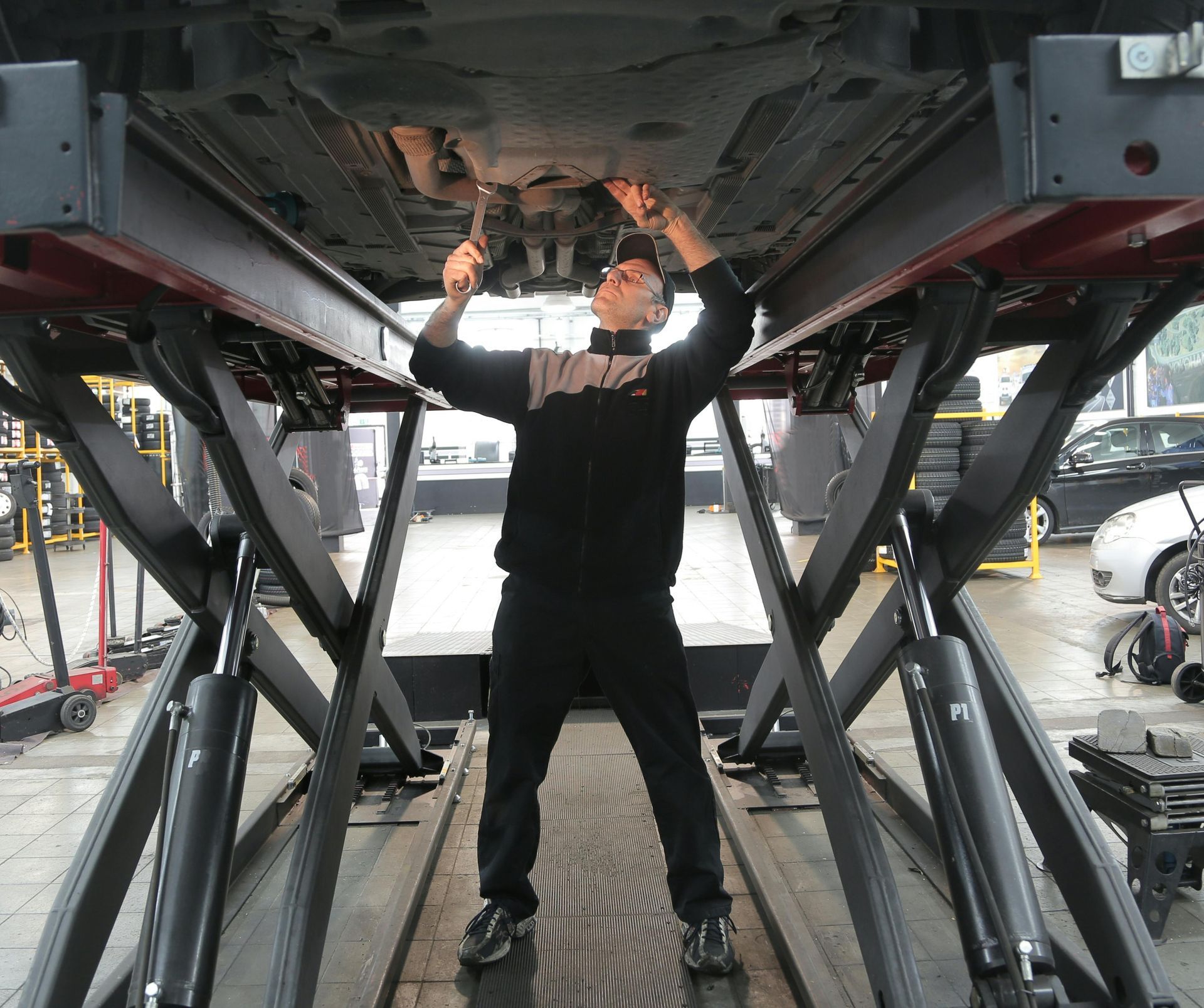Essential Battery Testing to Prevent Fall Breakdowns in Utah
Fall in Utah brings unpredictable weather, cooler temperatures, and the perfect storm for battery failures. As leaves change color along the Wasatch Front and morning temperatures begin dropping into the 40s and 30s, your car's battery faces its biggest challenge of the year.
More vehicles break down due to battery problems during fall and early winter than any other time. The combination of summer heat damage and sudden temperature drops creates a recipe for roadside emergencies. Smart drivers get their batteries tested now, before Utah's weather turns harsh.
Don't let a dead battery leave you stranded in a grocery store parking lot or on your way to work. A few simple checks and preventive measures can save you from costly towing bills and frustrating delays.
Why Fall Is Battery Failure Season
Most people think winter cold kills car batteries, but the truth is more complex. Summer heat actually causes most of the damage, while fall's temperature drops expose the weakness that's been building for months.
Utah's intense summer heat accelerates the chemical reactions inside your battery, causing internal components to corrode and break down faster. By the time fall arrives, many batteries are already weakened and struggling to maintain full capacity.
When temperatures drop suddenly—which happens frequently in Salt Lake City during September and October—weak batteries can't deliver the power needed to start your engine. A battery that cranked your engine fine during warm weather might fail completely on the first frosty morning.
Temperature effects on battery performance:
- Battery capacity drops 20% at 32°F
- Capacity falls 50% at 0°F
- Engine oil thickens, requiring more power to start
- Cold batteries can't recharge as efficiently
Recognize Early Warning Signs
Your battery usually gives warning signs before complete failure. Learning to spot these symptoms can prevent getting stranded at the worst possible time.
Slow engine cranking is often the first sign of battery weakness. If your engine takes longer to start than usual, especially on cool mornings, your battery is struggling. Don't ignore this warning—batteries rarely improve on their own.
Dim headlights that brighten when you rev the engine indicate your battery isn't holding a full charge. This problem becomes more noticeable during shorter fall days when you use lights more frequently.
Dashboard warning lights might appear intermittently as your battery voltage fluctuates. These lights often show up during startup and disappear once the alternator takes over, but they signal an aging battery.
Electrical glitches like flickering interior lights, slow power windows, or radio presets that reset themselves often indicate voltage problems caused by a failing battery.
Perform Visual Battery Inspections
You don't need special tools to check for obvious battery problems. A quick visual inspection can reveal issues that need immediate attention.
Corrosion around terminals appears as white, blue, or green powdery buildup around battery posts and cable connections. This corrosion prevents proper electrical contact and can cause starting problems even with a good battery.
Clean corrosion carefully using baking soda mixed with water. Disconnect the negative cable first, then the positive cable. Scrub terminals with an old toothbrush and rinse with clean water. Dry thoroughly before reconnecting cables, positive first.
Cracked or swollen battery case indicates internal damage that requires immediate replacement. Extreme heat can cause battery cases to crack or bulge, allowing acid to leak and creating safety hazards.
Loose or damaged cables can cause intermittent electrical problems. Check that battery cables are tight and free from cracks or fraying. Loose connections create resistance that makes your battery work harder.
Test Battery Voltage and Load Capacity
While visual inspection catches obvious problems, electronic testing reveals hidden weaknesses that could leave you stranded.
Voltage testing with a multimeter provides basic information about battery condition. A fully charged battery should read 12.6 volts or higher when the engine is off. Readings below 12.4 volts indicate a battery that needs charging or replacement.
Load testing is more accurate than voltage testing alone. This test simulates the electrical load your battery faces during startup. Many auto parts stores offer free load testing, or you can invest in an inexpensive load tester for home use.
Professional load testing applies a controlled electrical load while monitoring voltage drop. Batteries that can't maintain adequate voltage under load will fail when you need them most.
Consider Battery Age and History
Even batteries that seem fine might need replacement based on age alone. Most car batteries last 3-5 years in Utah's climate, with extreme temperatures shortening lifespan.
Check the battery date code stamped on the case or label. The code usually includes a letter for the month (A=January, B=February, etc.) and a number for the year. If your battery is approaching 4 years old, consider replacement even if it's still working.
Review your battery's history of problems. Batteries that have been jumped multiple times, run completely dead, or exposed to extreme heat are more likely to fail suddenly.
Prepare for Temperature Fluctuations
Utah's fall weather can swing from warm afternoons to freezing mornings within hours. These rapid temperature changes stress batteries and can trigger failures in weakened units.
Park in protected areas when possible to minimize temperature extremes. Garages, carports, or even shaded areas help reduce temperature stress on your battery.
Keep battery terminals clean and connections tight. Corrosion and loose connections become bigger problems as temperatures drop and electrical demands increase.
Avoid unnecessary electrical loads when the engine is off. Using lights, radio, or phone chargers with the engine off drains your battery faster in cool weather.
Know When Professional Help Is Needed
While basic battery maintenance is straightforward, some problems require professional diagnosis and repair. Don't hesitate to seek help when you encounter complex electrical issues.
Alternator problems can masquerade as battery issues. If your battery keeps dying despite being new or recently charged, your alternator might not be recharging it properly.
Parasitic electrical draws can drain batteries even when your vehicle is parked. Finding these hidden electrical loads requires specialized testing equipment and expertise.
Starting system problems involving starter motors, ignition switches, or wiring can create symptoms similar to battery failure. Professional diagnosis can identify the real cause and prevent unnecessary battery replacement.
Stock Winter Emergency Supplies
Even with a healthy battery, Utah's unpredictable fall weather can create situations where you need backup plans. Prepare your vehicle for temperature drops and potential breakdowns.
Jumper cables or portable jump starters can get you moving when batteries fail. Portable jump starters are especially useful in remote areas where another vehicle might not be available to help.
Emergency contact information for roadside assistance should be easily accessible. Keep phone numbers stored in your phone and written down in your glove compartment.
Warm clothing and blankets belong in every Utah vehicle from October through April. If you do get stranded, staying warm while help arrives is crucial for safety.
Plan Battery Replacement Timing
If your battery is borderline, don't gamble on making it through winter. Replacing a weak battery before it fails completely saves money and prevents inconvenient breakdowns.
Fall replacement timing allows you to shop for deals and schedule service at your convenience. Waiting until your battery dies means paying emergency prices and potentially missing work or important appointments.
Quality battery selection matters in Utah's climate. Invest in batteries designed for extreme temperature operation and longer service life. The extra cost pays for itself through reliable performance and fewer replacements.
Don't Risk Getting Stranded
Fall battery failures happen suddenly and at the worst possible times. A small investment in battery testing and maintenance prevents major headaches when Utah's weather turns challenging.
Keep Your Vehicle Reliable This Fall
Don't let a weak battery ruin your day or leave you stranded in Salt Lake City traffic. The experienced technicians at Jones Complete Car Care provide comprehensive battery testing and replacement services to keep you moving safely.
Our ASE-certified team uses professional-grade testing equipment to accurately assess battery condition and charging system performance. We stock quality batteries from trusted manufacturers and offer installation backed by our nationwide warranty.
With convenient locations in Salt Lake City, Taylorsville, and Clearfield, we make battery service accessible when you need it most. Don't wait for the first cold snap to discover your battery won't start your car.
Schedule your fall battery check today by calling (801) 896-9743 or booking online. Beat the weather and drive with confidence through Utah's unpredictable fall season!










